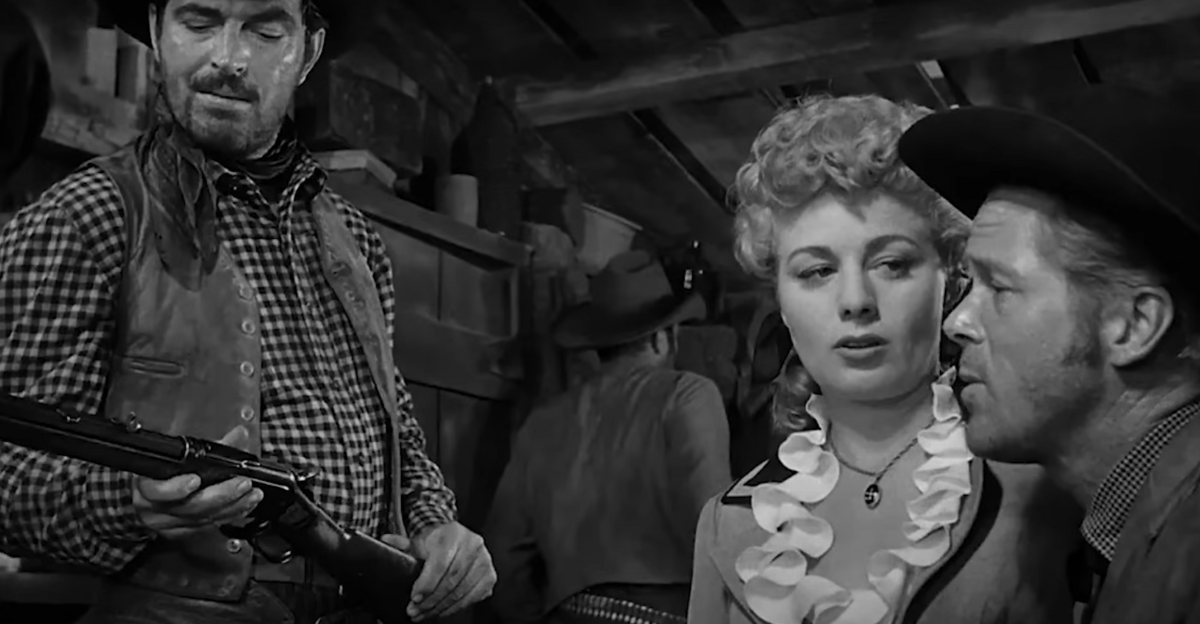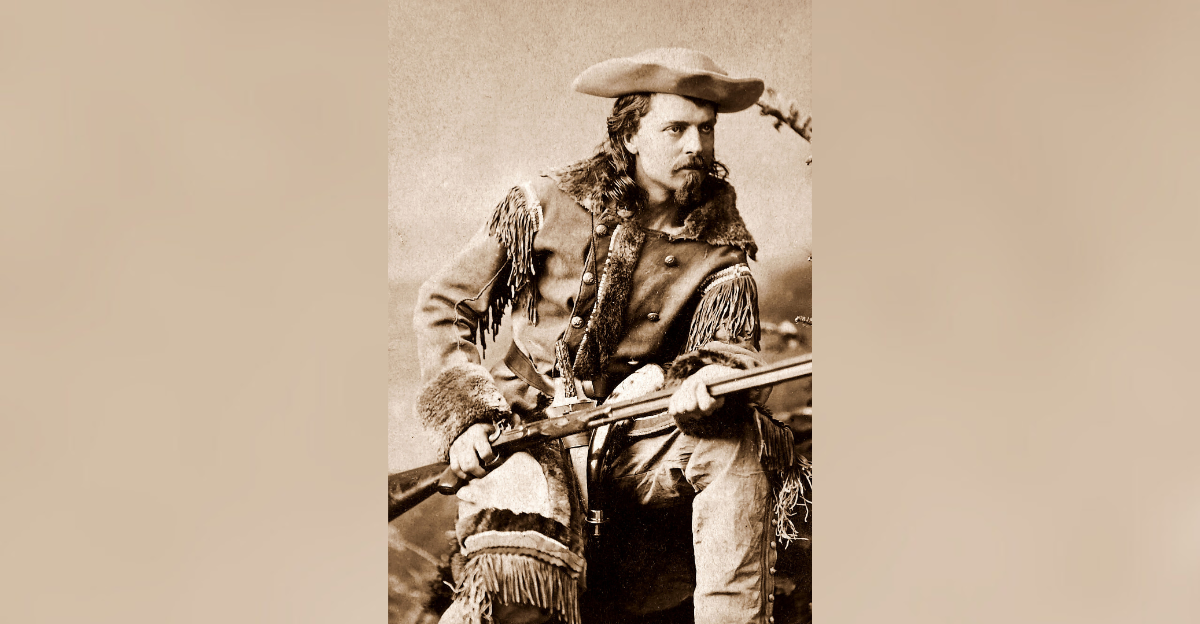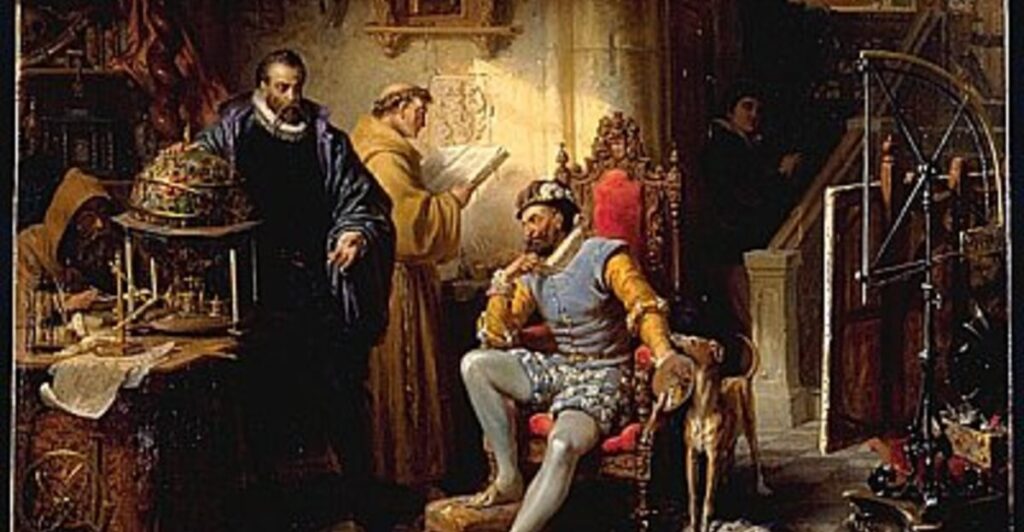
The Renaissance and beyond were periods of remarkable cultural, scientific, and artistic achievements. However, they also witnessed some of the most strange and bizarre deaths in history, often reflecting the unusual circumstances of events and the eccentricities of that person. From tragic accidents to macabre punishments, these stories provide a fascinating glimpse into yesteryear. Here are nine such extraordinary tales of untimely and bizarre deaths.
1. Arthur Aston
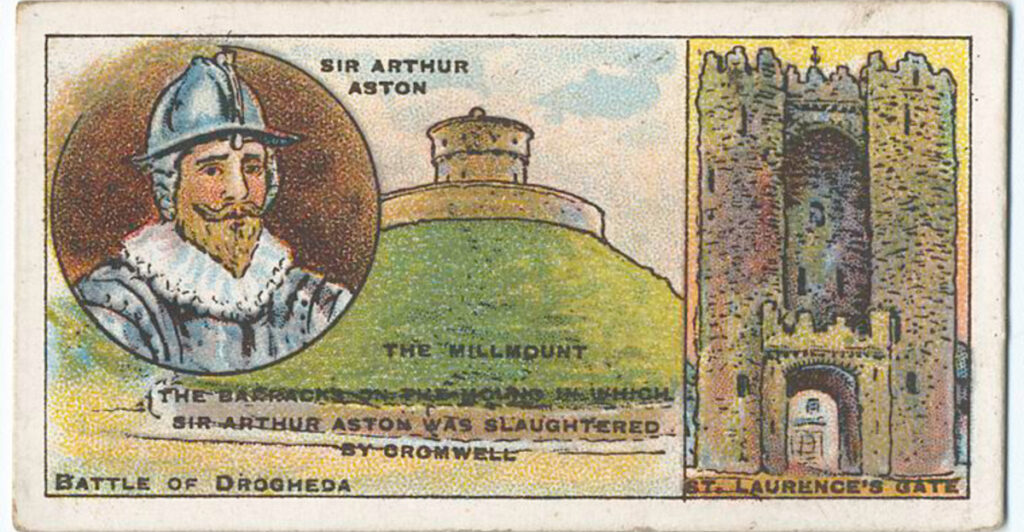
Sir Arthur Aston, a royalist soldier in the English Civil War, died a grisly death in 1649. Having lost his leg in an accident years before, he wore a wooden prosthetic. When he was captured by Oliver Cromwell’as forces during the siege of Drogheda, they believed his wooden leg concealed gold coins. In a horrifying twist, they used it to bludgeon him to death — a senseless death driven by greed and misunderstanding.
2. François Vatel

In 1671, the famous maître d’hôtel François Vatel for Louis II de Bourbon, Prince de Condé, was in charge of an opulent banquet he was hosting for King Louis XIV. Overwhelmed by delays in the fish course and other minor disasters, Vatel — known for his obsessive perfectionism — committed suicide with his sword. Ironically, within moments, the fish arrived ready to serve. His death highlights the pressures of serving royalty during this era.
3. György Dózsa
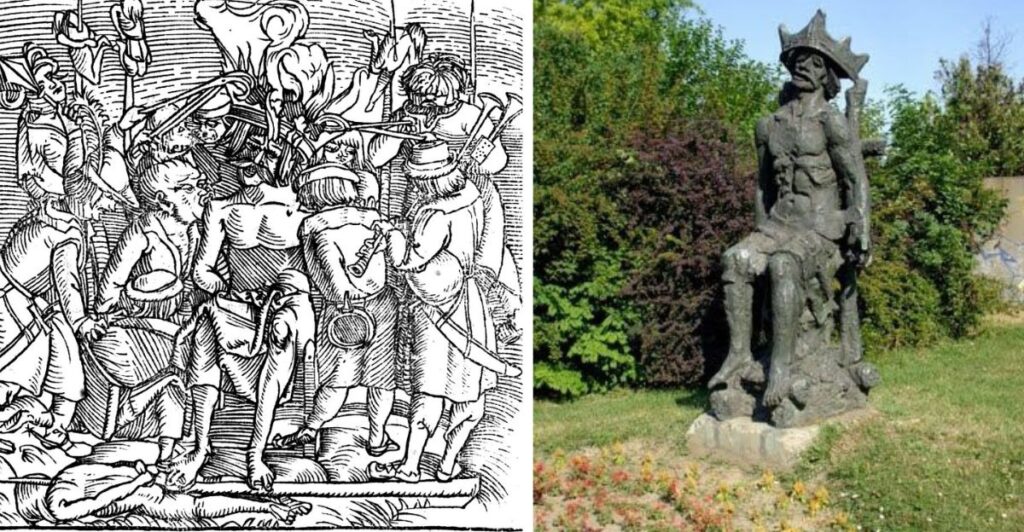
György Dózsa was a Hungarian soldier and leader of a peasant revolt in 1514 after being appointed to organize an army for a crusade against the Ottoman Empire. After his uprising turned bloody, Dózsa was captured and met one of history’s most brutal executions. He was burned with a smoldering iron throne and crown before being skinned alive with hot pliers. His disciples were compelled to consume his flesh—a chilling reminder of the brutalities of medieval times.
4. Humayun

Humayun was the second Emperor of the Mughal Empire, and although he ruled twice during his life, he died prematurely in 1556. When he was walking downstairs with his hands full of books, he heard the mosque’s call to prayer and stopped to kneel. Unfortunately, his robe got caught on his foot, and he tumbled down the stairs, striking his head on the stone flooring. Three days later, he died of his injuries — a poignant example of how devotion can lead to disaster.
5. Jean-Baptiste Lully

Jean-Baptiste Lully, a renowned composer in the court of King Louis XIV, died in 1687 from an unusual accident while conducting. Using a long staff to maintain rhythm, a common practice at the time, he struck his toe hard enough to cause gangrene. Refusing amputation out of vanity or fear led the infection to spread and eventually take his life. His death highlights how even relatively minor injuries can turn deadly.
6. Nanda Bayin

Nanda Bayin, King of Burma’s Taungoo Dynasty from 1581-1599, is said to have died of laughter when he learned that Venice was a free state with no king. Historians discredit this story and say he was assassinated after abdicating his throne. Still, the myth remains one of history’s most bizarre deaths, demonstrating how humor can sometimes take a dark turn.
7. Thomas Urquhart
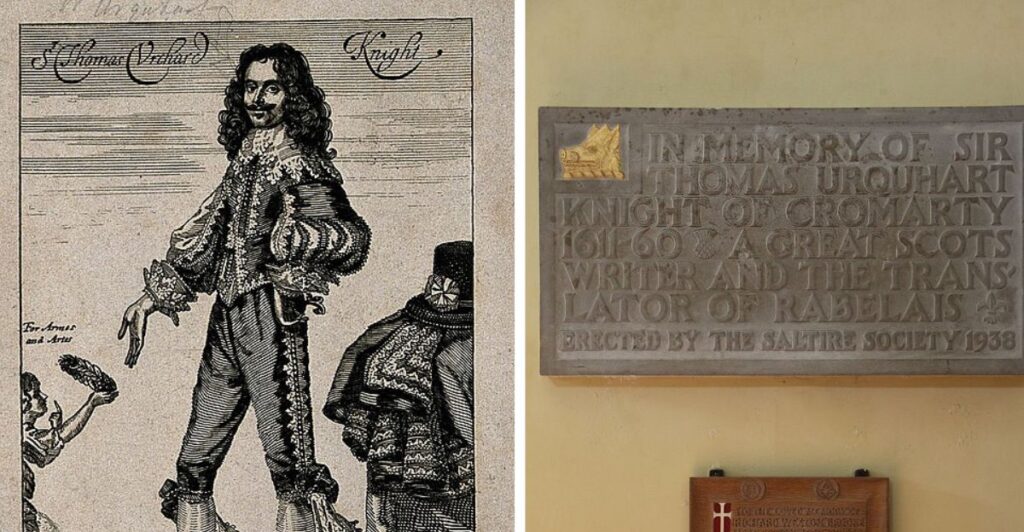
Sir Thomas Urquhart, the Scottish polymath, is said to have died of laughter after hearing that King Charles II had reclaimed the throne after years in exile. While the details of his death remain vague, if this was indeed the cause of Urquhart’s demise, it highlights Urquhart’s fervent royalist beliefs. It serves as an ironic end for someone whose life was marked by intellectual pursuits and political pasion.
8. Tycho Brahe

Renowned astronomer Tycho Brahe died in 1601 under strange circumstances. Attending a banquet in Prague, he refrained from leaving to relieve himself out of respect for etiquette. The decision resulted in severe bladder complications that proved fatal just days later. Later research indicated possible mercury poisoning, but his commitment to social norms remains at the heart of this tragic tale.
9. Molière
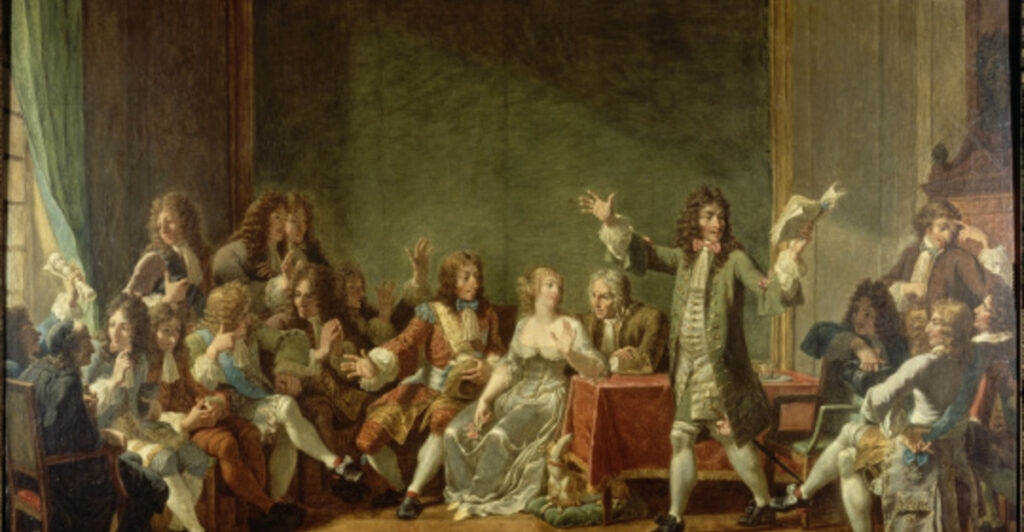
The great French playwright Molière collapsed on stage while performing The Hypochondriac in 1673 after suffering a coughing fit linked to pulmonary tuberculosis. Despite his condition worsening on stage, he insisted on completing the play, eventually succumbing hours later. His death firmly cemented green clothing as bad luck among actors — a superstition born from one of theater’s most dramatic exits.
References:
10 of the Most Unusual Deaths Ever Recorded in History
I Just Learned About The Disturbingly Odd Ways These 11 Historical Figures Met Their Demise — And Now I Have A Bunch Of New Fears
The 9 Strangest Deaths of the Renaissance And Early Modern Eras



